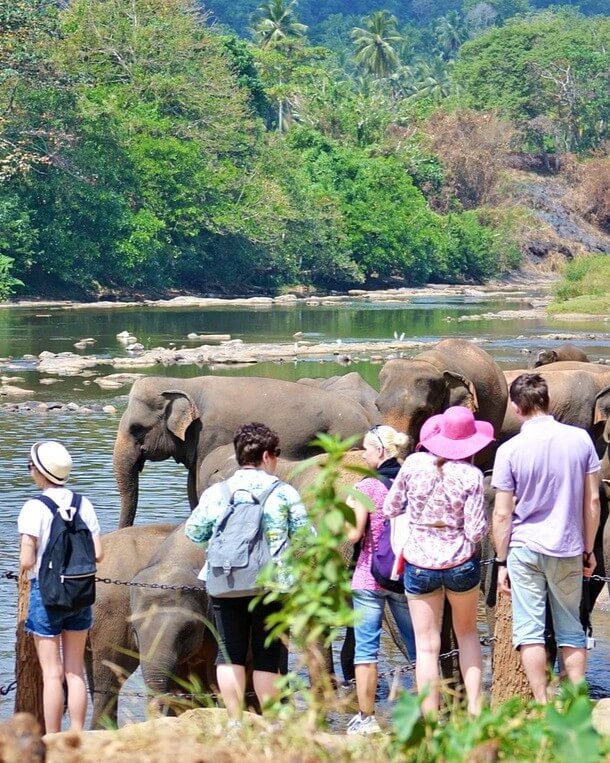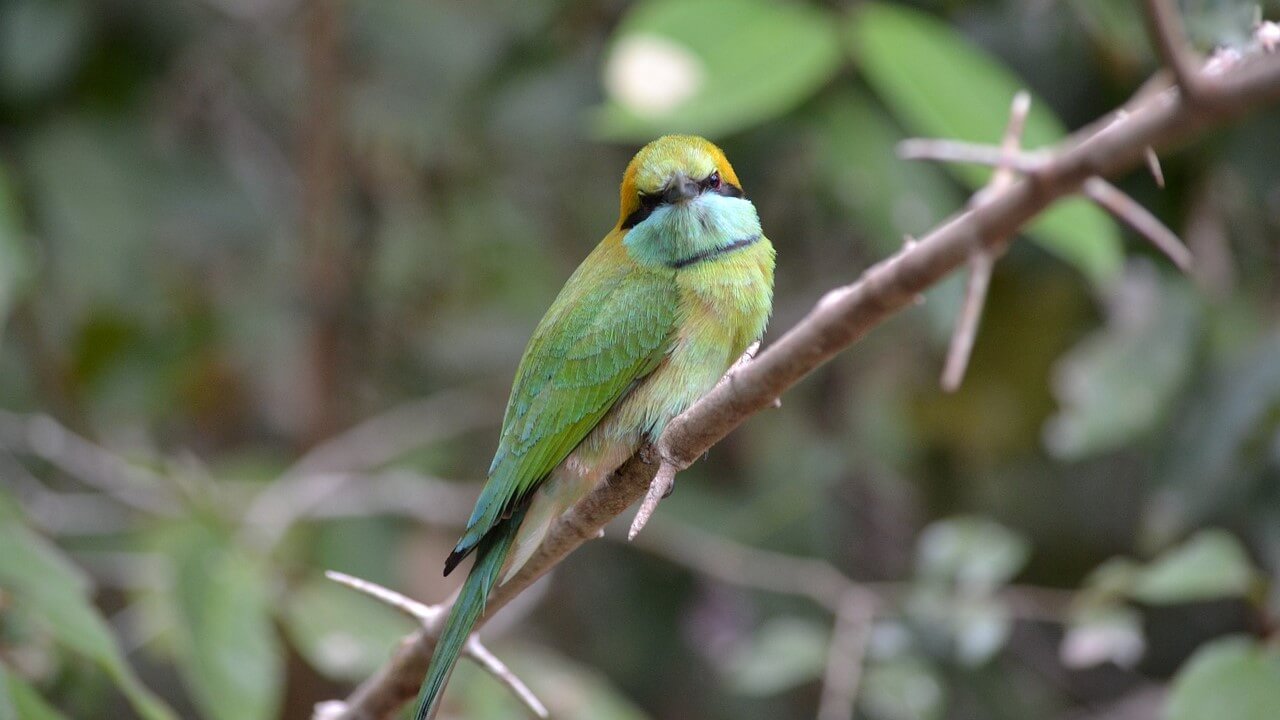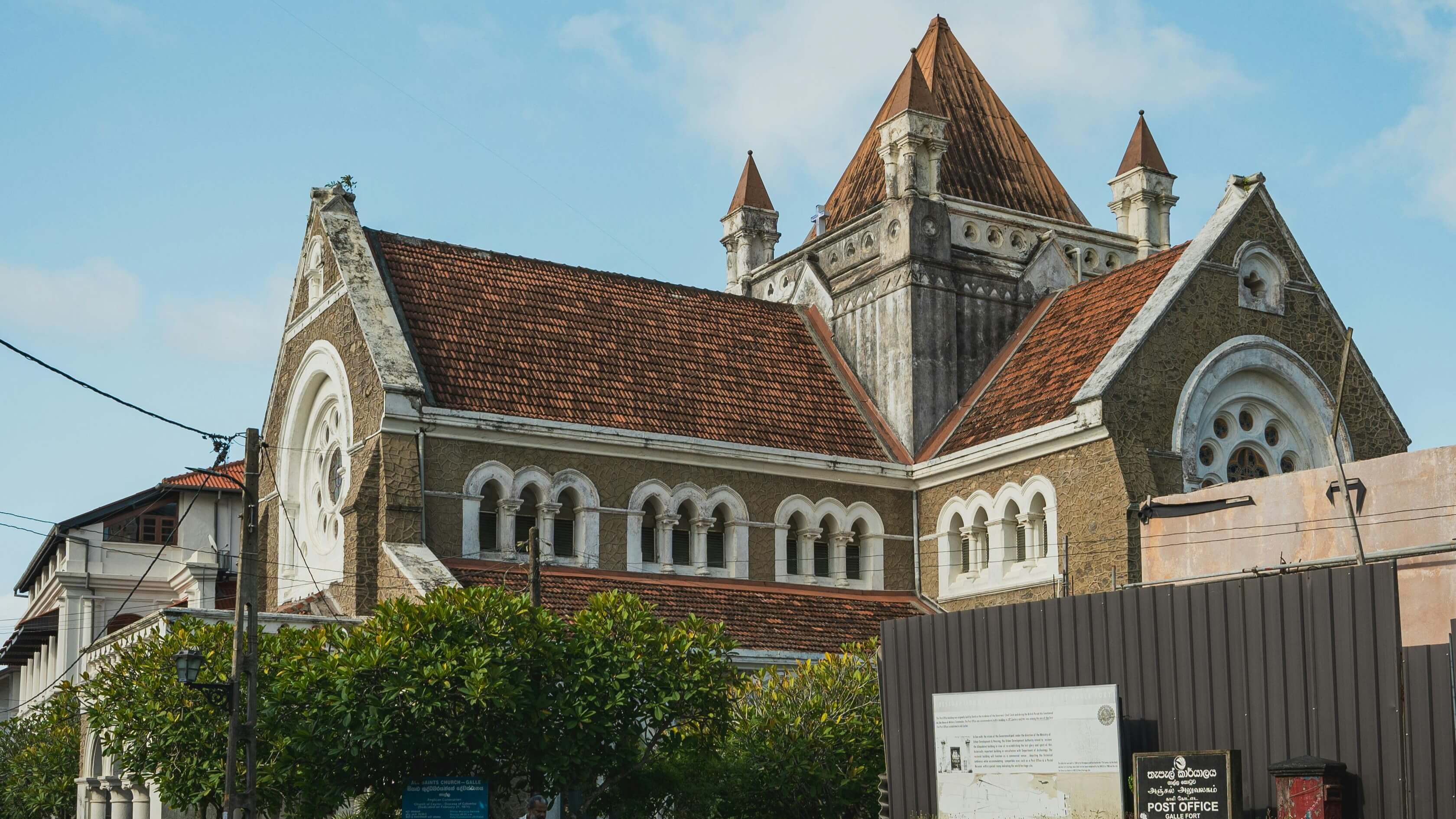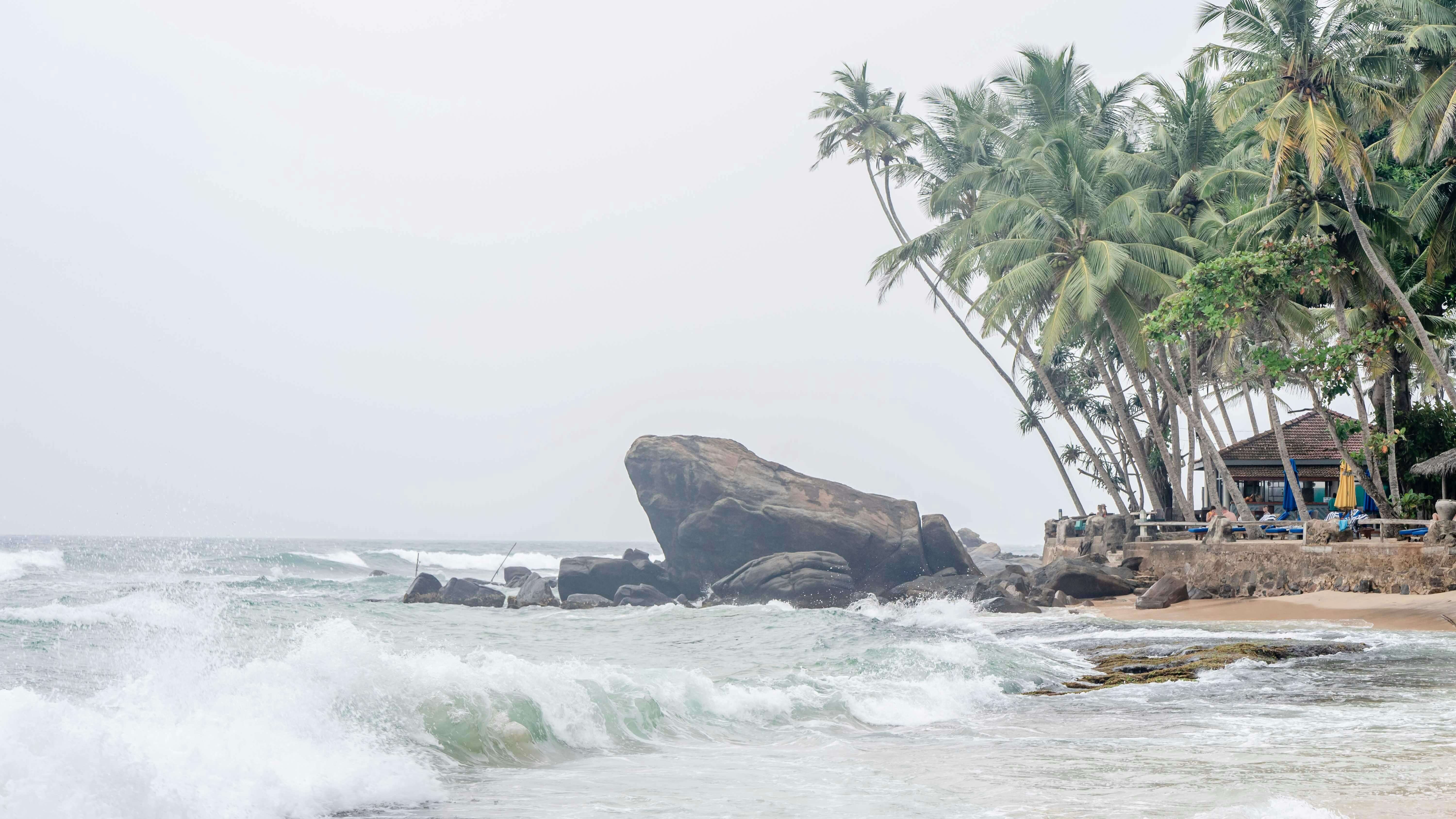Galle Fort
A Timeless Colonial Fortress in Sri Lanka
Discover the beauty, history, and charm of Galle Fort – a UNESCO World Heritage Site blending European elegance with Sri Lankan spirit.
Plan your visit to Galle Fort today and walk through centuries of colonial history by the sea.
Introduction: What is Galle Fort?
Galle Fort is one of Sri Lanka’s most iconic historical attractions. Built first by the Portuguese in 1588 and later fortified by the Dutch in the 17th century, it is now a well-preserved UNESCO World Heritage Site. Located on the southwestern coast of Sri Lanka, this colonial-era fortress overlooks the Indian Ocean and combines European architecture with local culture and charm.
This is not just a fort – it’s a living city with old churches, museums, shops, restaurants, and stunning sea views.
History and Heritage of Galle Fort
Galle Fort played a major role in Sri Lanka’s colonial past. The Portuguese began its construction to protect their trading interests. In 1649, the Dutch took over and rebuilt the fort with stronger walls and bastions using granite and coral.
Later, the British added their own touches during their colonial rule. Today, you can see signs of all three colonial influences in the fort’s buildings and streets. This makes Galle Fort a perfect place to explore Sri Lanka’s multicultural history in one spot.
Top Things to See Inside Galle Fort
1. Galle Lighthouse
Built in 1939, the Galle Lighthouse is Sri Lanka’s oldest working lighthouse. Located near the Point Utrecht Bastion, it offers a perfect photo spot with views of the sea and palm-fringed coastline.
2. Galle Clock Tower
This tall stone tower near the fort’s main entrance was built in 1883 to honor a local doctor. It stands proudly above the ramparts and is one of the fort’s most photographed landmarks.
3. Dutch Reformed Church (Groote Kerk)
Built in 1755, this beautiful church is a must-see for its unique Dutch Baroque architecture, gravestones, and quiet atmosphere. It reflects the religious life of the colonial settlers.
4. Maritime Archaeology Museum
Located in a former warehouse, this museum displays shipwrecks, ancient maps, and maritime artifacts from Sri Lanka’s long trading history.
5. Ramparts and Bastions
Walking along the fort’s thick walls is one of the best ways to experience Galle. You can explore bastions like Flag Rock, Point Utrecht, and Triton Bastion while watching waves crash below.
Culture, Cafés & Boutiques
Galle Fort isn’t just a historic site; it’s a living town. You’ll find charming cafés, local craft shops, boutique hotels, and art galleries in every corner. The narrow streets are paved with cobblestones, and every building has a story.
Enjoy a cup of Ceylon tea, shop for handwoven fabrics or handmade jewelry, and talk to friendly locals and shopkeepers. The relaxed pace makes this place feel timeless.
Best Time to Visit Galle Fort
The best time to visit Galle Fort is during the dry season, from November to April, when the weather is sunny and pleasant. Sunsets at the ramparts are especially beautiful, and mornings are ideal for quiet walks.
OPENING HOURS
24 hrs Daily
ENTRANCE FEE
Walking around the fort and ramparts is free of charge, but some sites like the Maritime Museum may charge a small fee.
BEST TIME TO VISIT
Early morning or late afternoon to avoid the heat.
WEATHER TIP
Bring water, sunscreen, and a hat as it can be very hot.






